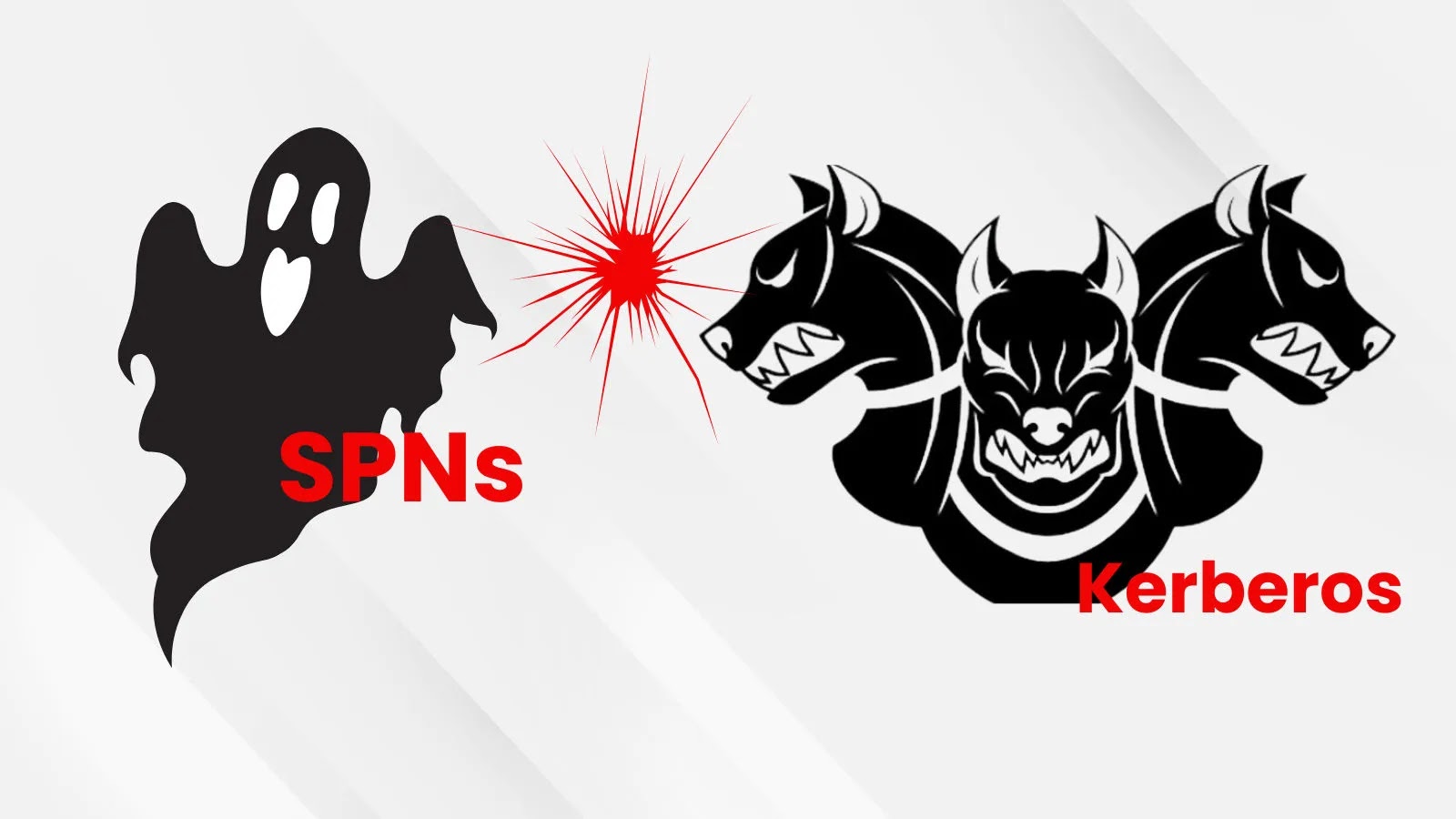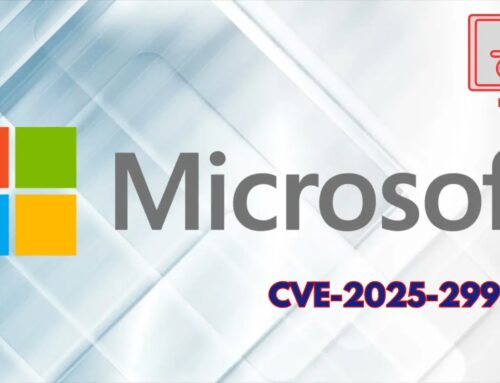
New Attack Combines Ghost SPNs and Kerberos Reflection to Elevate Privileges on SMB Servers
Unmasking the Threat: Ghost SPNs and Kerberos Reflection Strike SMB Servers
In the complex landscape of enterprise IT, the security of critical infrastructure like Server Message Block (SMB) servers is paramount. A novel and sophisticated privilege escalation vulnerability has emerged, combining the insidious nature of Ghost Service Principal Names (SPNs) with Kerberos authentication reflection to achieve remote SYSTEM-level access on Windows SMB servers. This highly concerning flaw, officially designated as CVE-2025-58726, underscores the persistent need for robust security postures and proactive defense strategies.
Understanding the Attack Vector: Ghost SPNs and Kerberos Reflection
This attack intricately weaves together two powerful concepts to bypass traditional security measures:
- Ghost SPNs: An SPN is a unique identifier used by Kerberos authentication to associate a service instance with a service logon account. A “Ghost SPN” refers to a maliciously crafted or manipulated SPN that allows an attacker to impersonate legitimate services. By registering an SPN for a legitimate SMB server, an attacker can trick clients into authenticating against a fake service, which they control.
- Kerberos Reflection: This technique involves an attacker capturing a legitimate Kerberos authentication request (known as a TGS or Service Ticket) from a victim and then “reflecting” it back to the victim or another service, often with modifications. In this context, the attacker leverages the forged Ghost SPN to initiate a Kerberos authentication attempt from the victim machine, capturing the service ticket. They then reflect this ticket, or parts of it, back to the victim’s SMB server, authenticating as a highly privileged user.
Together, these techniques allow an adversary to compromise an SMB server, potentially leading to full control over sensitive data and system resources. Semperis researchers highlighted that this issue is particularly prevalent in environments where default Active Directory configurations are maintained and SMB signing is not strictly enforced.
The Impact of CVE-2025-58726: SMB Server Elevation of Privilege
Microsoft has formally acknowledged this vulnerability as CVE-2025-58726, categorizing it as an “SMB Server Elevation of Privilege.” The implications are severe: an attacker with network access to a vulnerable SMB server could exploit this flaw to elevate their privileges to SYSTEM level. This grants an unauthenticated or low-privileged attacker complete control over the compromised server, bypassing all local security measures.
The core problem persists across all Windows versions that do not have enforced SMB signing. This critical detail means a vast number of enterprise environments could be at risk, emphasizing the urgency of addressing this vulnerability.
Remediation Actions: Securing Your SMB Servers
Proactive measures are crucial to defend against Ghost SPN and Kerberos Reflection attacks. Here are actionable steps to mitigate the risk posed by CVE-2025-58726:
- Enforce SMB Signing: This is the most critical remediation. SMB signing provides integrity and authentication for SMB traffic, making it significantly harder for attackers to tamper with or reflect authentication requests. Configure all SMB clients and servers to require SMB signing. This can be done via Group Policy.
- Implement Strong Kerberos Security Policies:
- Service Account Management: Regularly audit and restrict permissions for service accounts. Ensure SPNs are correctly registered and linked to the appropriate accounts.
- Constrained Delegation: Where Kerberos delegation is necessary, use constrained delegation or resource-based constrained delegation to limit the services an account can delegate to.
- Network Segmentation and Firewalls: Restrict direct network access to SMB servers from untrusted networks. Implement granular firewall rules to limit which systems can initiate SMB connections.
- Monitor Active Directory Logs: Implement robust logging and monitoring for Active Directory events related to SPN registration, Kerberos authentication failures, and service account modifications. Unusual activity can be an indicator of compromise.
- Regular Patch Management: While SMB signing is the primary defense, ensure all Windows systems are kept up-to-date with the latest security patches from Microsoft.
Tools for Detection and Mitigation
Leveraging the right tools can significantly enhance your ability to detect and mitigate such advanced threats:
| Tool Name | Purpose | Link |
|---|---|---|
| Group Policy Management Editor | Configuring SMB signing and other security policies | Microsoft Docs |
| Active Directory Users and Computers (ADUC) | Auditing and managing service accounts and SPNs | Microsoft Docs |
PowerShell cmdlets (e.g., Set-LocalSMBServerConfiguration) |
Scripting SMB security configurations and auditing | Microsoft Docs |
| Network Monitoring Tools (e.g., Wireshark) | Analyzing network traffic for suspicious Kerberos or SMB activity | Wireshark.org |
Key Takeaways for Robust SMB Security
The emergence of attacks combining Ghost SPNs and Kerberos Reflection highlights a critical reality: sophisticated adversaries will continue to find novel ways to exploit foundational protocols. The key defense against CVE-2025-58726 and similar vulnerabilities lies in strict enforcement of security best practices, particularly SMB signing. Organizations must prioritize auditing their environments, implementing necessary policy changes, and maintaining a vigilant security posture to protect their sensitive SMB infrastructure from privilege escalation attacks.





